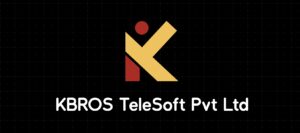Microprocessor major Intel would team up with Asustek Computer of Taiwan, the world’s largest maker of computer motherboards, to manufacture a sub-$200 notebook PC aimed at mass markets in developing countries.
Intel has distributed laptops to children in developing countries for years, but has yet to put them into the kind of mass production planned by another group, the One Laptop Per Child Foundation (OLPC), the project headed by MIT Professor N Negroponte.
The latter had recently criticised Intel bitterly, alleging that the company was out to sabotage the sub-$100 laptop project by pushing its own Classmate PC.
Intel had recently launched the Classmates initiative, which aims to ship a modest 1,230 low-cost PCs to governments in Asia this year, mostly in trial arrangements.
Intel and Asustek’s low-cost PC would be a fully fledged, low-end notebook, while the OLPCs are green-and-white plastic, kid-friendly laptops that can be powered with hand cranks when electricity is not available. They cost about $180 each.
“It’s another way of solving the same problem,” said Sean Maloney, head of Intel worldwide sales and marketing in a telephone interview ahead of his keynote speech at Taiwan’s Computex, the world’s No. 2 computer fair. “The world is a big place and there’s room for lots of these things.”
Unlike Intel’s previous efforts, which targeted mostly governments as clients, the Asustek models would target mass consumers through conventional channels, Asustek global marketing director Sunny Han told Reuters on the sidelines of Computex.
He said Asustek planned to start shipping the units, which have smaller screens than traditional laptops, in July or August, with a target of selling 200,000 units this year, all under the Asustek brand.
The units would sell for $199-$299.
